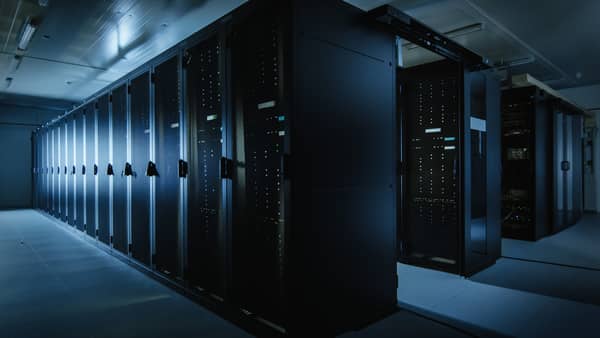
Frequently Asked Question in Technology (Part 7)
November 9, 2021
What Are the Five Steps of Ethical Hacking?
November 10, 2021The data center industry showed its resilience in 2020-2021 as the global pandemic continued. The industry as a whole flourished and even saw growth and new projects in a new country, Athens, Greece. Data center colocation continued to be a prevalent option for many small to medium-sized businesses. The industry saw the significance of Edge computing and its impact on colocation data centers. The importance of remote monitoring and artificially intelligent automated management systems were also on display as the pandemic was persistent, and we saw how a “lights out” data center could be critical. As we near the new year, we look at possible data center trends we may see in 2022 and beyond.
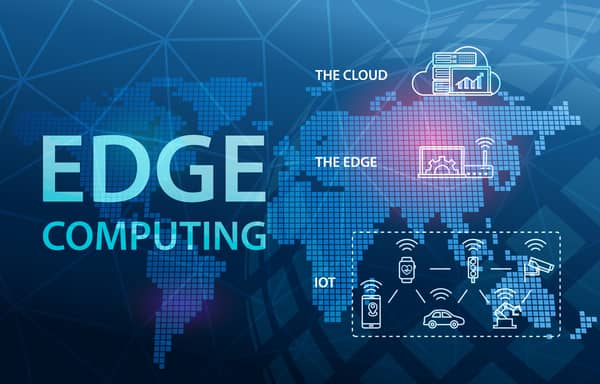
The Edge Will Continue to Expand
The past couple of years the industry saw how suitable pairing colocation facilities and edge computing were. There are more colocation facilities than public cloud data centers, which meant that deploying edge computing was easier. We will continue to see this pairing thrive in 2022.
We will continue to see a demand in edge computing, which will continue to grow the need for colocation data centers. In recent years, the use of various facilities has been the trend. A mixture of private edge data center facilities, colocation facilities, outsourcing, and public clouds were all used to deploy edge computing. Shared facilities and colocation data centers will play a larger role in future edge deployments because of their flexibility, availability, and more affordable initial investment. Just as in recent years, edge computing will continue to expand, and colocation data centers will continue to be important.
Data Centers Will See Fewer Outages
The data center industry experienced several outages in 2021. The recent annual survey done by Uptime Institute reported that 69% of data managers and owners reported having some form of outage in 2021. While this may seem like a large number, it is an improvement from 2020, where the number was reported to be 78%. It is also notable that 62% of these instances were categorized as significant or severe costing more than $100,00 in damages. This number increased from 2020, which was reported to be 56%. While the percentage of outages decreased, the significance of the damage is reported to be greater. 15% of these cases reported damages costing over $1 million.
The overall improvement in the percentage of outages points to the impact of the global pandemic, which included reduced enterprise data center activity, fewer people on-site, fewer upgrades being done, and less traffic for numerous companies. The data center industry also put additional emphasis on remote monitoring and intelligent automated management systems, which continue to influence lessening the overall outages. While the data center industry will see fewer outages, there will need to be more emphasis on decreasing the significance of severe damages as well.
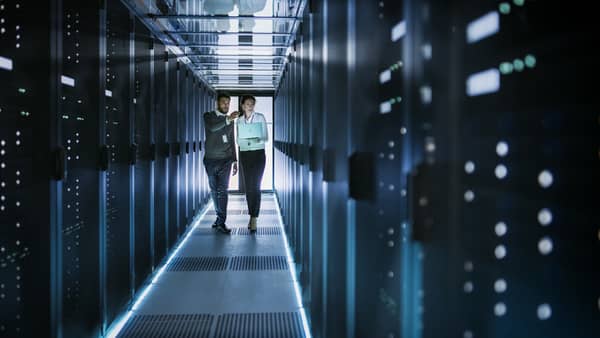
The Industry Will Need More Skilled Data Center Professionals
Another part of data center operation that was at the forefront of many discussions due to the pandemic was the idea of lights out data center. The importance of remote management and near-complete remote management was evident during the 2020 lockdown. It forced many data centers to run a skeleton crew to keep operations going. This also furthered the conversations of fully automated data centers with the use of artificial intelligent technology, but AI isn’t the reason for reduced staffing.
The survey held by Uptime Institute reported that almost half of data center managers and owners reported the difficulty of finding skilled data center professionals. This number has grown since 2018, which was reported to be 38%. Three out of four data center owners believe that AI will reduce their need for staffing, but many believe this change is at least five years away. Until then, the data center industry will continue needing qualified and skilled data center professionals.
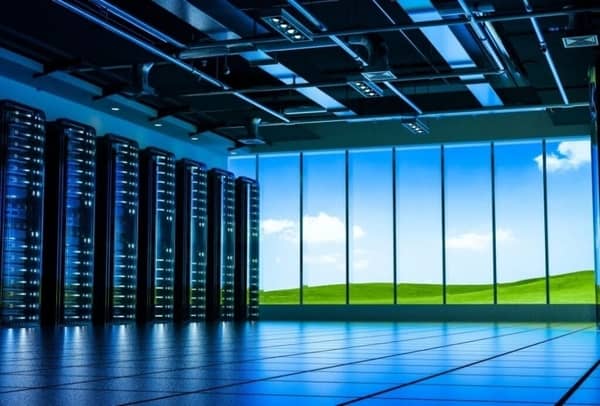
Data Centers Will Continue Their Efforts in Efficiency
Over the past couple of years, the data center industry has expressed the importance of sustainability, going green, and lessening its environmental footprint. Although this has been a frequently discussed topic for industry professionals, data center managers need to continue their efforts in tracking power usage, water consumption, server utilization, carbon emissions, and the lifecycle of their equipment. All of these aspects need to be monitored and improved upon, so the data center industry continues to grow in efficiency.
With this being said, the data center industry is more efficient than most people realize. Technology advancements have continued to keep data center efficiency on the right track even through increased workloads and increased computing capacity, which increased six-fold since 2018. Storage capacity has also grown 25-fold since 2018. Even with all of this happening, data centers were able to keep their energy usage increase to a mere 6 percent since 2010. This is all possible with energy improvements and technology advancements. While the data center industry cannot continue to rely on these numbers, it is worth noting that data centers have been fairly efficient over the years. The industry will need to raise its efforts in monitoring its power usage, water usage, server utilization, carbon emissions, and equipment lifecycle if it wants to continue down this road to efficiency.
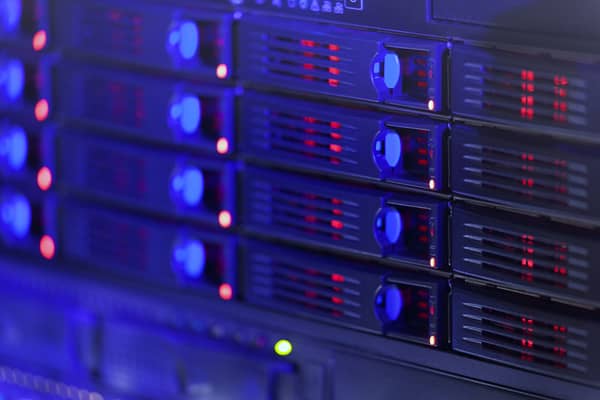
Conclusion
The data center industry showed its resiliency in 2020 and 2021, but 2022 looks to be a pivotal year for data centers. These particular trends and predictions could have a tremendous impact on data centers for years to come. The way data centers operators manage outages will be crucial. An emphasis on remote monitoring and intelligent automated management systems could play a vital role for many data center operations in its effort to limit outages. The need for more skilled data center professionals will also put pressure on data center managers to either implement Artificial Intelligent management systems to enable a lights-out data center or invest in the next generation of skilled data center professionals. Lastly, the data center industry has long discussed sustainability and becoming more environmentally friendly. Although data centers have been more efficient than people realize, the industry has a lot of room to grow. 2022 looks to be an important year for data centers.
